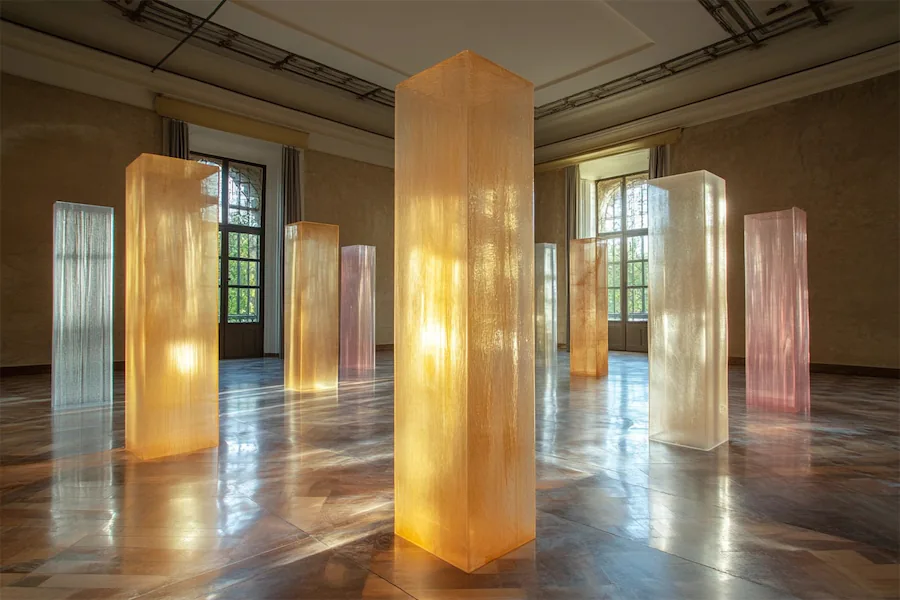Revivalist architecture refers to the practice of reviving and reinterpreting architectural styles from previous historical periods. This movement gained prominence in the 19th and early 20th centuries, leading to the resurgence of various styles such as Greek Revival, Gothic Revival, Renaissance Revival, and Neoclassical Revival. Columns, as fundamental elements in these styles, were central to conveying the aesthetic and symbolic qualities of the eras they emulated.
Introduction to Revivalist Columns
In revivalist architecture, columns serve both structural and decorative purposes, embodying the principles and motifs of the styles they represent. Their design, proportions, and ornamentation are carefully crafted to evoke the intended historical period, contributing to the overall authenticity and grandeur of the structures.
History and Origins of Revivalist Columns
The revivalist movement emerged as architects and designers sought to reconnect with the architectural heritage of past civilizations, often as a response to the industrialization and modernization of society. By incorporating columns characteristic of specific historical styles, architects aimed to convey cultural values, national identity, or aesthetic preferences associated with those periods.
Key Features of Revivalist Columns
Revivalist columns are distinguished by features that align with the specific style being revived:
- Greek Revival: Inspired by ancient Greek temples, these columns often feature Doric, Ionic, or Corinthian orders, characterized by their proportions and capital designs. They are typically fluted and may support pediments or entablatures, reflecting the symmetry and simplicity of Greek architecture.
- Gothic Revival: Drawing from medieval Gothic architecture, these columns are more slender and may include clustered shafts, pointed arches, and intricate carvings. They often serve to enhance the verticality and ornate detailing typical of Gothic structures.
- Renaissance Revival: Emulating the classical elements of the Renaissance, these columns often incorporate the classical orders with added decorative elements such as pediments, friezes, and cornices. They reflect a return to symmetry, proportion, and the use of classical motifs.
- Neoclassical Revival: These columns are characterized by grandeur of scale and simplicity of geometric forms, often employing Greek—especially Doric—or Roman details. They emphasize dramatic use of columns and a preference for blank walls, reflecting a revival of classical architecture during the 18th and early 19th centuries.
Applications of Revivalist Columns
Revivalist columns are prominently featured in various architectural applications:
- Public Buildings: Government edifices, courthouses, and museums often incorporate revivalist columns to convey authority, stability, and cultural heritage. For example, the use of Greek Revival columns in the United States Capitol reflects democratic ideals rooted in ancient Greece.
- Religious Structures: Churches and cathedrals may employ Gothic Revival columns to evoke spirituality and grandeur, utilizing pointed arches and ribbed vaults to create uplifting spaces.
- Residential Architecture: Homes designed in the Renaissance or Neoclassical Revival styles often feature columns on porches or facades, adding elegance and a sense of tradition to domestic architecture.
Considerations When Designing Revivalist Columns
When incorporating revivalist columns into architectural designs, it is essential to consider:
- Historical Accuracy: Ensuring that the column design faithfully represents the proportions, details, and construction methods of the original style enhances authenticity.
- Material Selection: Choosing appropriate materials that reflect those used in the historical period, such as stone, wood, or stucco, while accommodating modern building practices.
- Contextual Integration: Harmonizing the columns with the surrounding architectural elements and the building’s overall design to create a cohesive aesthetic.
Conclusion
Revivalist columns play a crucial role in bridging past architectural traditions with contemporary design, allowing for the preservation and reinterpretation of historical styles. By thoughtfully integrating these elements, architects can create structures that honor cultural heritage while meeting modern functional and aesthetic needs.
